There’s something undeniably magical about stepping into nature and feeling like you’re part of the ecosystem, not just a visitor. If you’re looking for places where the wildlife practically joins you for breakfast, these nature retreats across the U.S. offer that connection on a silver platter. Here are 13 breathtaking spots where the boundaries between human and nature blur, providing unforgettable experiences and a sense of oneness with the world around you.
1. Custer State Park, South Dakota

Nestled in the Black Hills, Custer State Park offers a rugged landscape where bison herds and pronghorn antelope roam freely. The park’s Wildlife Loop Road is a must-see, providing a chance to observe herds of these magnificent creatures in their natural habitat. With campsites and lodges blending into the landscape, you can immerse yourself in the park’s serene beauty. From the granite peaks to the open plains, Custer State Park is a wildlife haven waiting to be explored.
The park’s unique location means you can also explore nearby attractions like Mount Rushmore and the Crazy Horse Memorial. Guided jeep tours offer a closer look at the park’s wildlife and its ongoing conservation efforts. Whether you’re hiking the trails or enjoying a picnic by one of the park’s lakes, you’ll find a sense of peace and connection to nature. Custer State Park is a reminder of the untamed spirit of the American West, where wildlife and wilderness thrive in harmony.
2. Yellowstone National Park, Wyoming
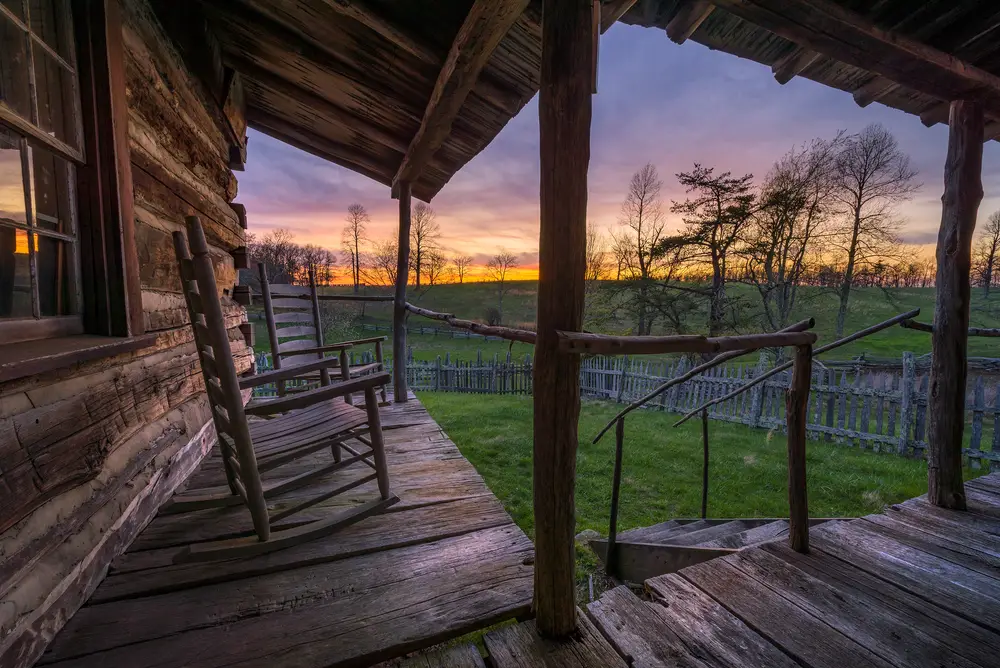
Yellowstone isn’t just America’s first national park; it’s a wildlife paradise where bison and elk roam freely, often right past your cabin window. You’ll find yourself surrounded by geothermal wonders and vast landscapes, making it a haven for anyone who craves wilderness immersion. Choose accommodations inside the park for a chance to wake up to the sounds of trumpeter swans or even a distant wolf howl. With over 2 million acres of wilderness, Yellowstone promises the ultimate wildlife encounter.
According to the National Park Service, Yellowstone is home to the largest concentration of mammals in the lower 48 states. This means more chances for you to see bears, moose, and bald eagles in their natural habitat. Park rangers often suggest visiting during the quieter months of April and October for a more intimate experience with the fauna. So, pack your binoculars and get ready to be part of nature’s most amazing show.
3. Great Smoky Mountains National Park, Tennessee/North Carolina

The Great Smoky Mountains offer a picturesque blend of forested peaks and mist-shrouded valleys, where deer and black bears are frequent visitors to the trails. This UNESCO World Heritage Site is renowned for its biodiversity, boasting over 19,000 documented species. With over 800 miles of trails, you have plenty of opportunities to wander past cascading waterfalls and wildflower meadows. The air is fresh, the scenery breathtaking, and wildlife encounters are almost guaranteed.
According to the American Museum of Natural History, the Smokies are a global biodiversity hotspot, particularly known for their wide variety of salamander species. Pack a picnic and head to Cades Cove, a popular area for spotting white-tailed deer grazing peacefully in open fields. For a serene experience, visit in the early morning when the mist clings to the mountains, and the park feels like your own private wilderness. Whether you’re hiking or cycling, the Smokies promise a rich tapestry of life to explore.
4. Denali National Park, Alaska

Denali’s six million acres of untamed beauty are home to North America’s tallest peak and an abundance of wildlife, including grizzly bears and caribou. The park’s single road limits vehicle access, offering a more intimate and less crowded wildlife experience. Shuttle buses allow you to explore deeper into the park, where you’re as likely to encounter a wolf as you are to see the towering, snow-capped Denali. It’s a raw, exhilarating experience that emphasizes the majestic power of nature.
In Denali, the summer months bring nearly endless daylight, allowing you to observe wildlife at all hours. Consider a stay at one of the park’s remote lodges, where the journey there feels like a part of the adventure. Whether you’re hiking through tundra or floating down riverways, every excursion offers a chance to witness the raw, untamed landscapes. It’s a place where the wilderness is vast and your connection to nature feels immediate and profound.
5. Olympic National Park, Washington
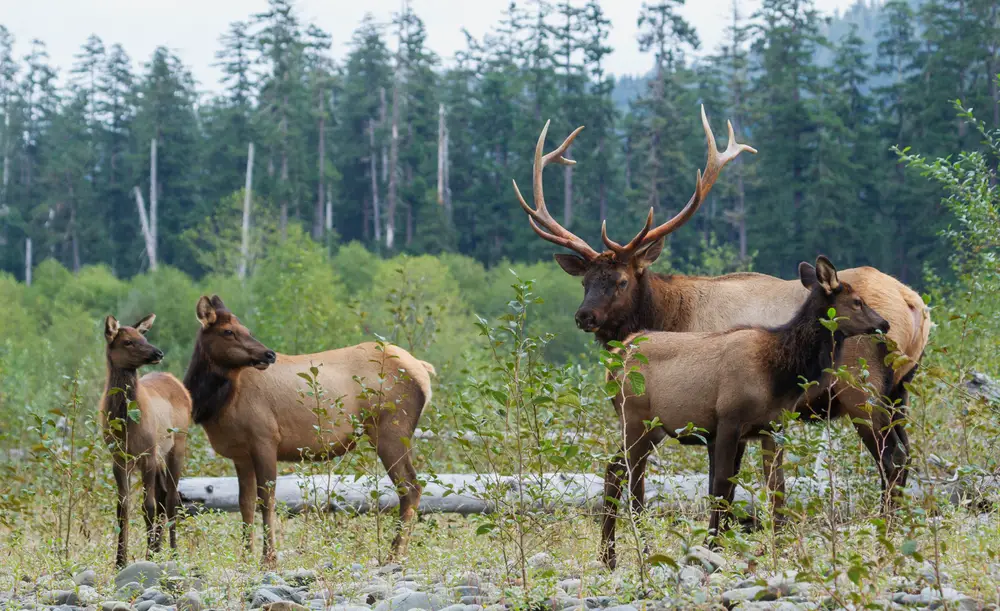
Olympic National Park is a microcosm of the Pacific Northwest’s diverse ecosystems, from moss-draped rainforests to rugged coastlines. Keep your eyes peeled for Roosevelt elk grazing beneath towering evergreens or sea otters playing in the kelp beds offshore. The park’s variety means you can hike a glacier one day and explore tide pools the next. It’s a dynamic setting where nature’s drama unfolds in multiple acts.
According to the National Park Conservation Association, Olympic National Park is recognized for its rich biodiversity and significant preservation efforts. Hoh Rainforest, one of the park’s highlights, offers a mystical experience with its lush vegetation and endless shades of green. Stay in nearby Port Angeles for easy access to the park’s many wonders, or opt for camping to fully immerse yourself in the natural world. Each visit leaves you with a sense of awe at the beauty and scale of the environment.
6. Acadia National Park, Maine
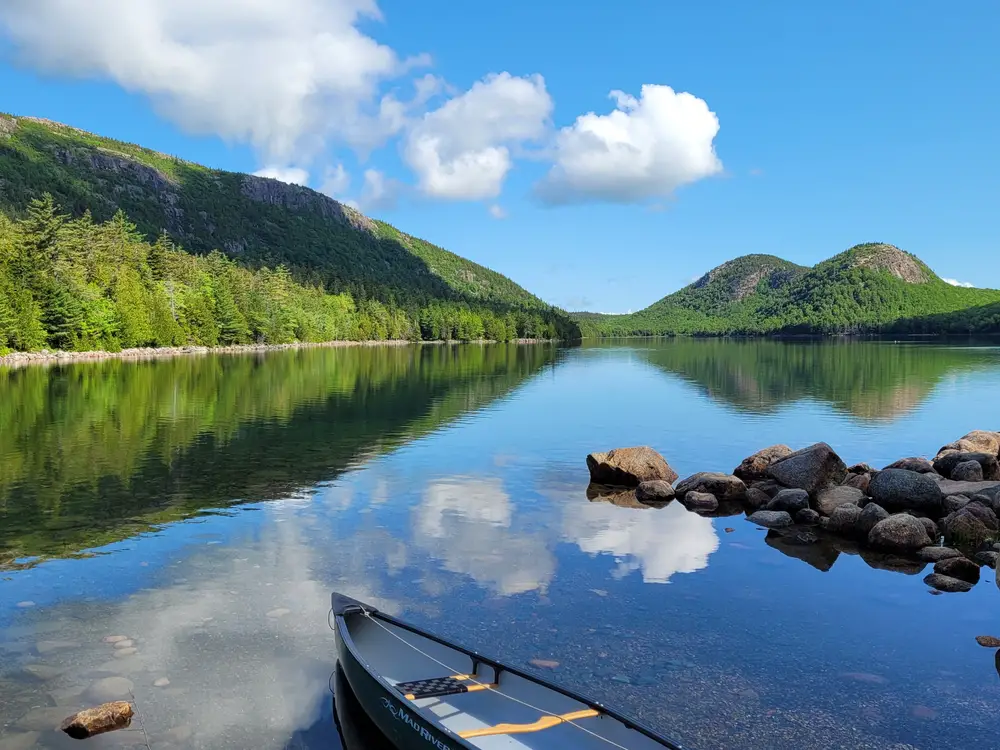
Perched on the rugged Atlantic coastline, Acadia National Park invites you to explore its forests, mountains, and rocky shores. Moose and white-tailed deer are common sights, as are the seals that bask on the rocks along the coast. Whether you’re biking the carriage roads or summiting Cadillac Mountain, wildlife encounters in Acadia feel like they belong to a simpler, more connected time. And don’t forget to indulge in the local seafood — Maine lobster is a must.
The park’s diverse habitats mean that you can explore freshwater, forest, and marine ecosystems all in one day. Bar Harbor serves as the gateway to Acadia, offering charming inns and fresh seafood dining. Join a ranger-led program for deeper insights into the park’s natural history and conservation efforts. Visiting during the fall provides a spectacular show of foliage, with the chance to see migratory birds making their way along the Atlantic Flyway.
7. Grand Teton National Park, Wyoming
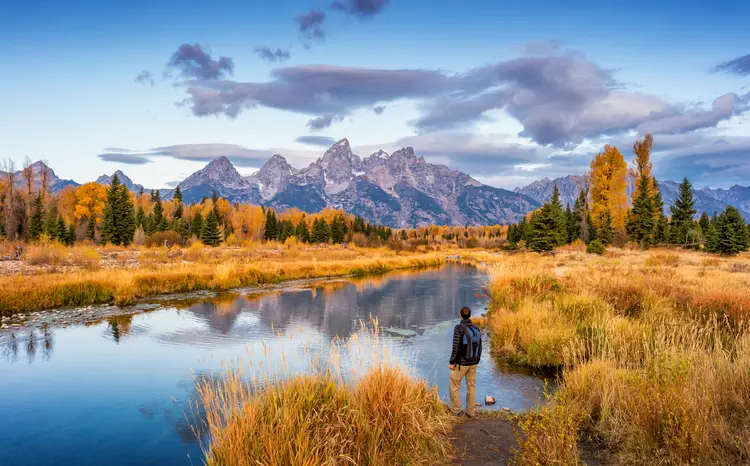
With its dramatic peaks and pristine lakes, Grand Teton National Park is a postcard-perfect destination where wildlife thrives. Moose, bald eagles, and bison are frequent visitors, often seen along the scenic drives and hiking trails. The park’s relatively compact size compared to its neighbors means you can easily explore its highlights over a long weekend. Whether you’re kayaking on Jenny Lake or hiking to Inspiration Point, the wildlife encounters make every moment memorable.
A study by the Wildlife Conservation Society highlights Grand Teton’s successful efforts in preserving large mammal migration corridors. This allows herds of elk and other animals to move freely between seasonal habitats. Stay in Jackson Hole for a blend of rustic charm and modern comfort, with easy access to the park’s many wonders. Here, every trail leads to a new discovery, and the grandeur of the Tetons serves as a stunning backdrop to your adventure.
8. Glacier National Park, Montana
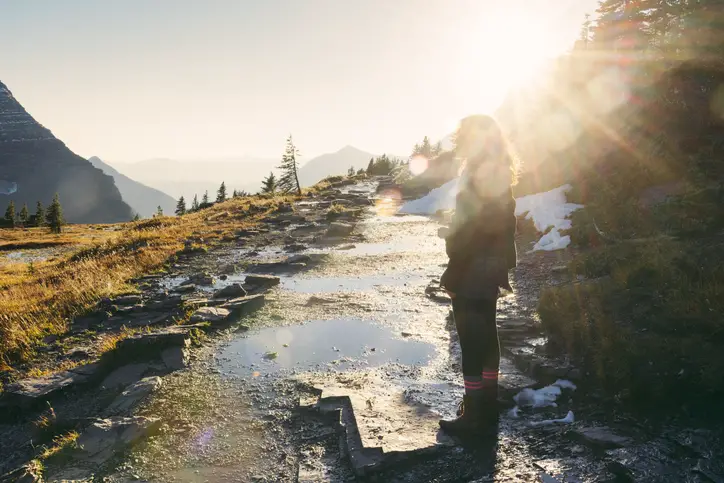
Known as the “Crown of the Continent,” Glacier National Park boasts breathtaking landscapes and abundant wildlife. With over 700 miles of trails, you might encounter mountain goats perched on rocky cliffs or grizzly bears ambling through wildflower meadows. The Going-to-the-Sun Road provides a scenic drive through the heart of the park, offering panoramic views and ample wildlife spotting opportunities. It’s a place where the rugged beauty of the Rocky Mountains is on full display.
The park’s glaciers and pristine lakes are a testament to the power and beauty of nature, though climate change poses a threat to these natural wonders. Many visitors opt for guided hikes to learn more about the park’s geology and ecology while ensuring safe wildlife interactions. Staying in a historic park lodge allows you to wake up with sunrise views over the mountains and easy access to the day’s adventure. Whether you’re a seasoned hiker or a casual observer, Glacier’s splendor is bound to leave a lasting impression.
9. Shenandoah National Park, Virginia
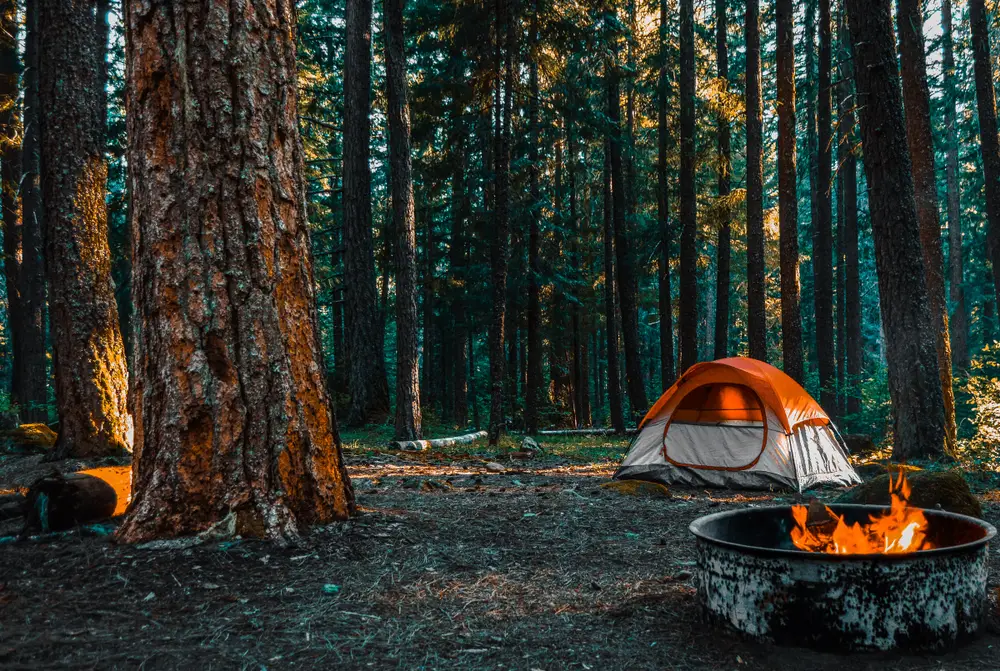
Shenandoah’s rolling hills and serene overlooks offer a tranquil escape where wildlife like black bears and white-tailed deer are frequent visitors. Skyline Drive winds its way through the park, providing stunning vistas and ample opportunities for wildlife watching from your car. The park’s network of trails, including a section of the Appalachian Trail, invites you to explore more closely. Experience the thrill of spotting a black bear lumbering through the forest or a hawk circling above.
The park’s location in the Blue Ridge Mountains provides a spectacular setting for fall foliage, making it a popular destination in autumn. Stay at one of the park’s lodges or camp under the stars for a true back-to-nature experience. Shenandoah’s beauty lies in its simplicity, where the gentle rustle of leaves and bird songs provide the soundtrack to your retreat. Whether you’re seeking solitude or adventure, the park offers a refreshing escape from the everyday.
10. Big Bend National Park, Texas
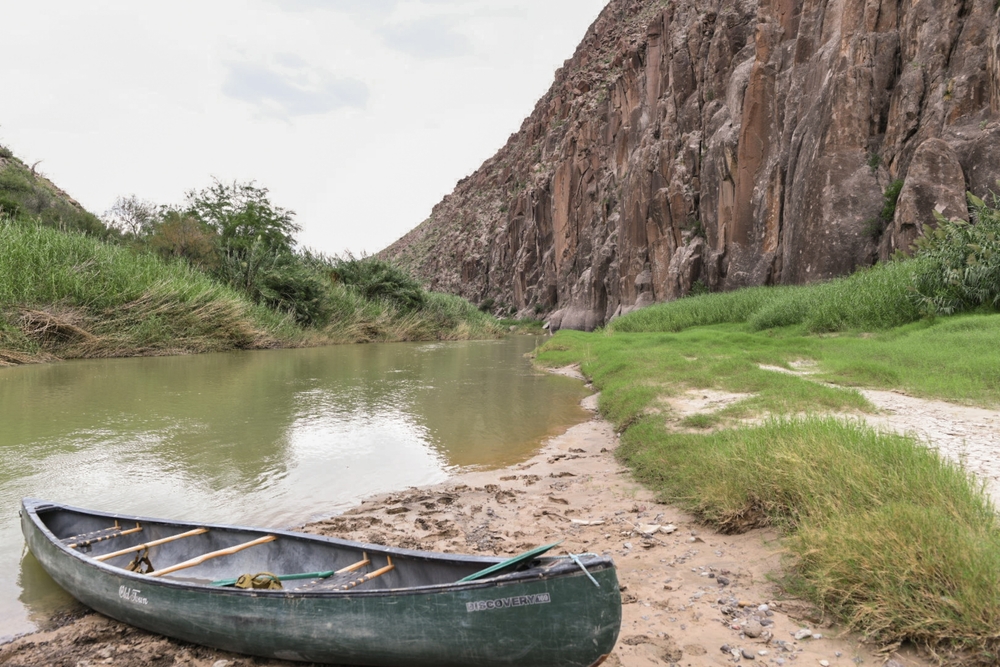
In the remote desert landscape of Big Bend, the Rio Grande carves impressive canyons, and the wildlife is as varied as the terrain. Roadrunners sprint across your path, and javelinas forage for food, while golden eagles soar overhead. The park’s isolation adds to its charm, offering a sense of peace and vast open spaces to explore. Whether you’re hiking into the Chisos Mountains or paddling the river, Big Bend offers an immersive desert experience.
The park is also home to a rich array of plant life, from towering cacti to rare desert blooms, providing a unique backdrop for your adventures. Stay in nearby Terlingua for a taste of local culture, or opt for camping to experience the park’s renowned night skies. Big Bend’s remote location means fewer crowds, allowing you to truly connect with nature. It’s a place where the desert’s stark beauty takes center stage, offering a retreat unlike any other.
11. Rocky Mountain National Park, Colorado
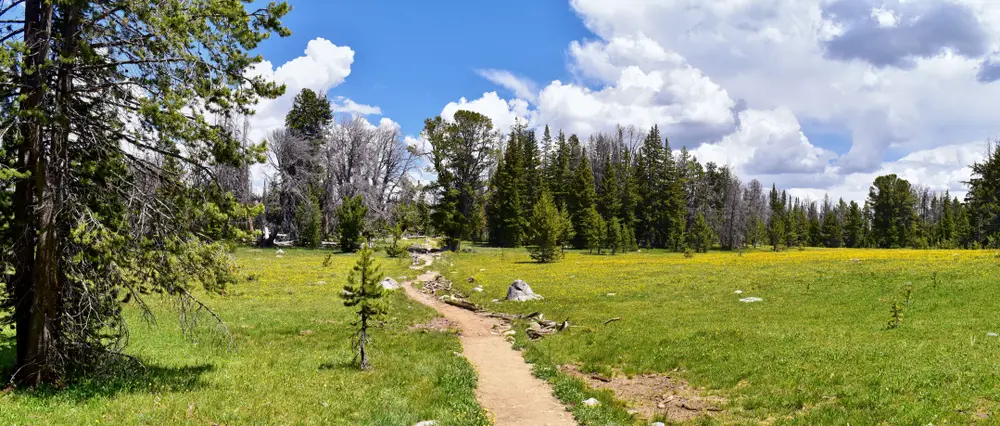
Rocky Mountain National Park’s alpine landscape is a stunning setting for high-altitude adventures and wildlife encounters. Elk herds roam the meadows, and bighorn sheep scale the craggy peaks, offering ample opportunities for wildlife photography. Trail Ridge Road takes you to over 12,000 feet, with sweeping views and a chance to spot marmots and pikas along the way. It’s a park that promises both grandeur and intimacy, with nature’s wonders at every turn.
The park’s elevation and variety of ecosystems mean that you can experience everything from lush forests to alpine tundra. Estes Park, the gateway town, offers a range of accommodations and dining options, making it an ideal base for exploration. Ranger-led programs and guided hikes provide insights into the park’s unique ecology and conservation efforts. Whether you’re seeking a calm retreat or an adrenaline-fueled adventure, the Rockies deliver on every level.
12. Zion National Park, Utah
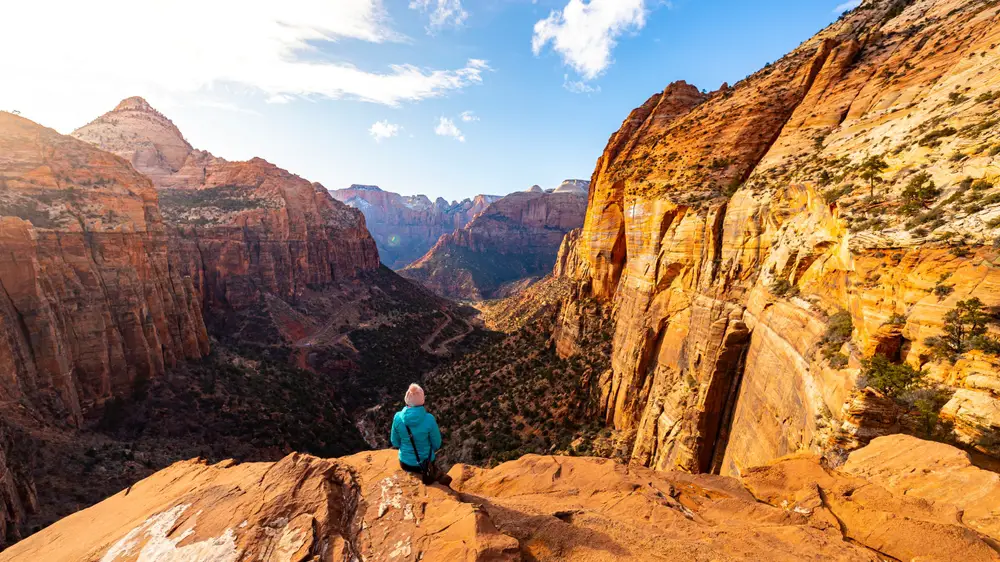
Zion’s red rock landscapes and narrow slot canyons create a unique backdrop for wildlife encounters. Mule deer are common sights, grazing in the morning light, while peregrine falcons nest on the high cliffs. The park’s shuttle system limits vehicle traffic, allowing for a more peaceful exploration of its wonders. Whether you’re hiking the iconic Angels Landing or wading through the Narrows, Zion offers breathtaking vistas and intimate wildlife moments.
The park’s geology is as fascinating as its fauna, with towering rock formations that tell a story millions of years in the making. Springdale serves as the gateway to Zion, offering a range of accommodations and dining experiences. Join a ranger talk or night hike to learn more about the park’s natural history and the delicate balance of its ecosystems. Every visit to Zion feels like a journey into a natural cathedral, where the grandeur of the scenery is matched by the richness of its wildlife.
13. Everglades National Park, Florida

In the subtropical wilderness of the Everglades, alligators glide through the water while roseate spoonbills swoop overhead. Here, your adventure begins on foot or by kayak, where the mangrove tunnels provide a natural cathedral through which you can explore. The park’s unique ecosystem means you might spot anything from a manatee surfacing nearby to a rare glimpse of the elusive Florida panther. It’s a place where every moment offers a new wildlife spectacle.
The Everglades are also renowned for their ecological significance, acting as a crucial filter for water and providing habitat for several endangered species. The park’s visitor center offers guided tours and educational experiences that deepen your understanding of this vital ecosystem. Stay in nearby eco-lodges for a sustainable visit, ensuring that your presence helps preserve this natural wonder for future generations. Each day here unfolds like a wildlife documentary, with you as both the viewer and participant.
